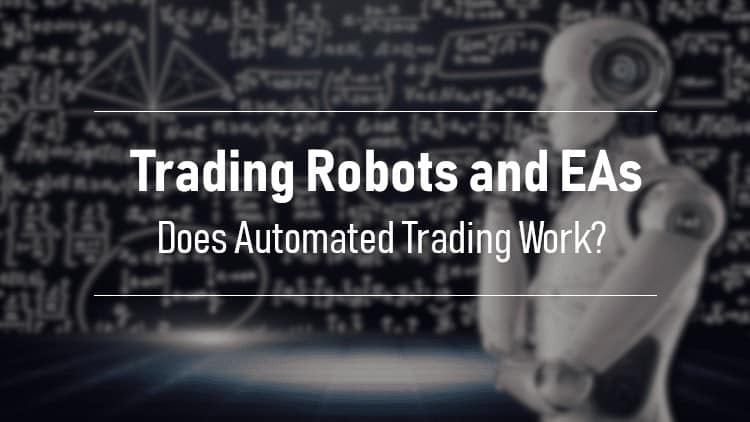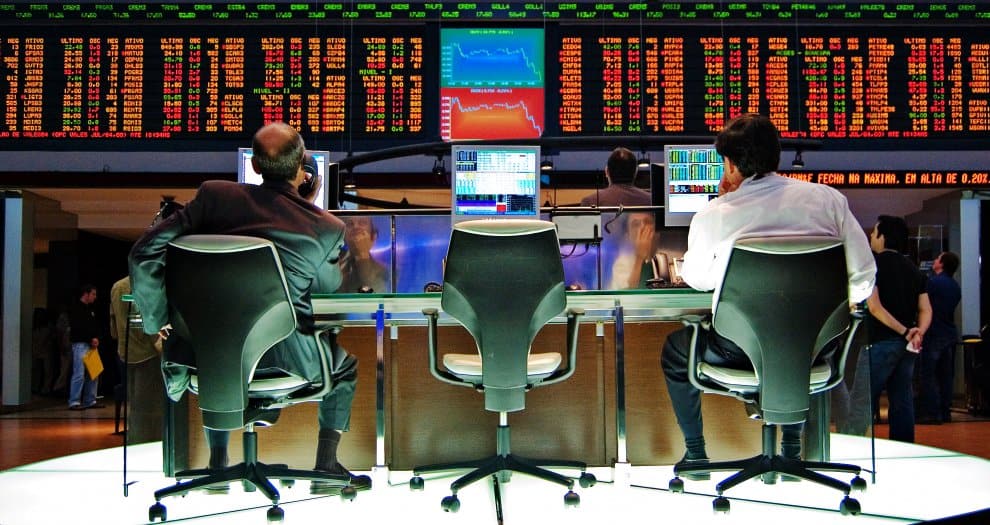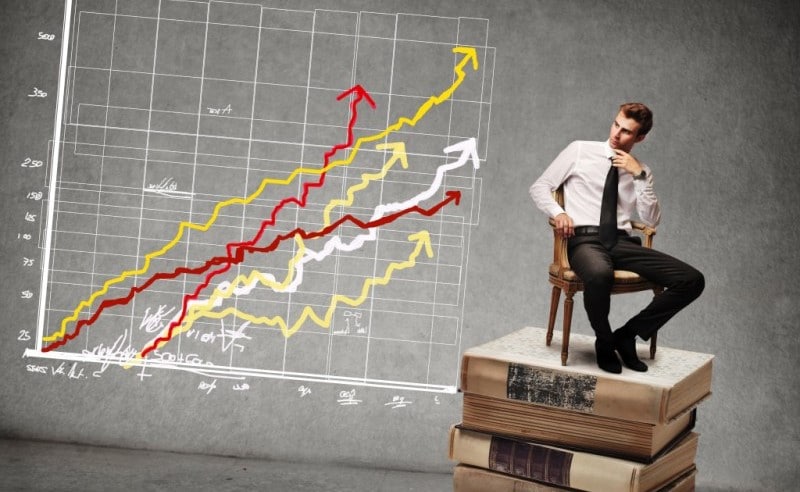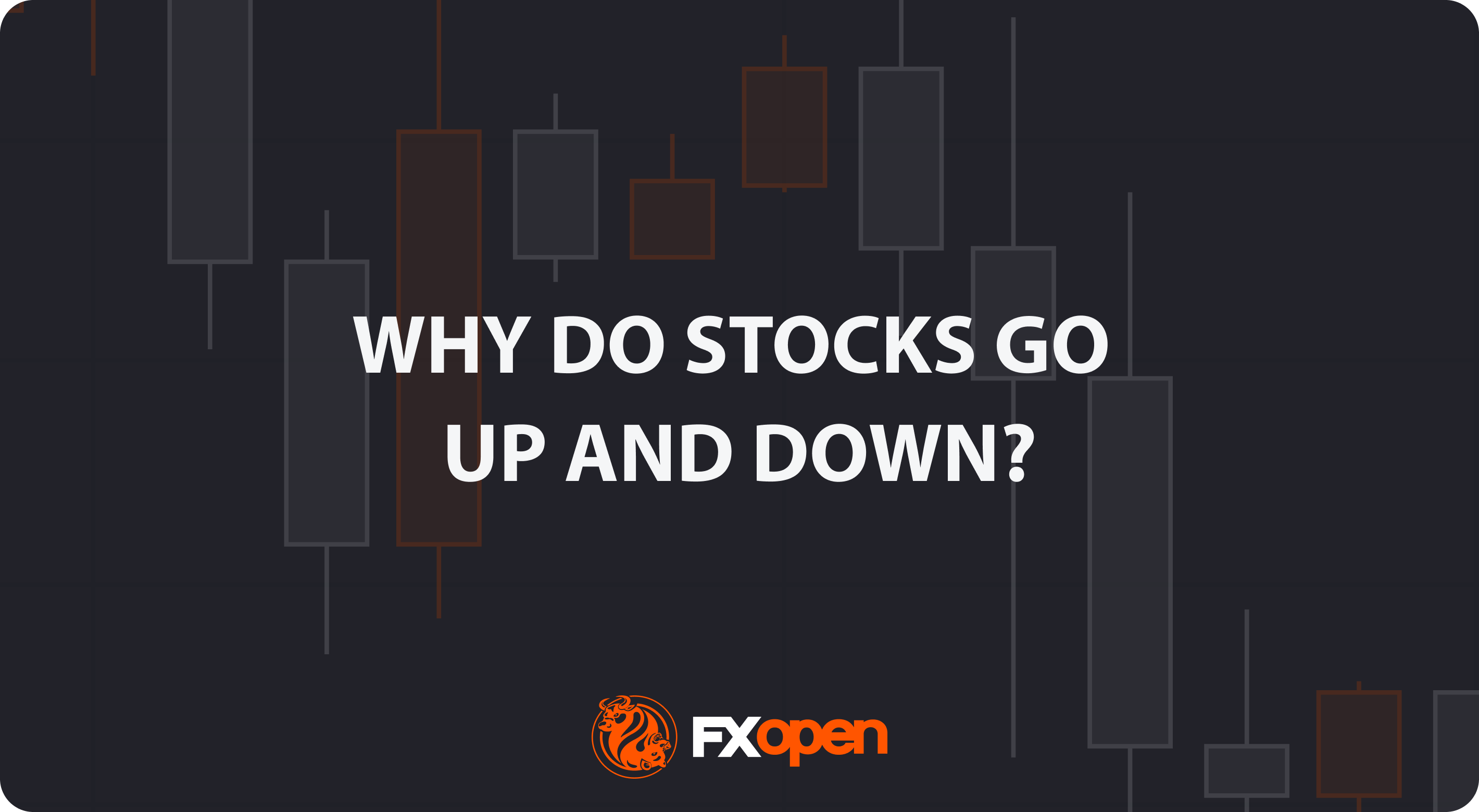FXOpen

Automatic trading became a component of everyday market movements and responsible for a big chunk of the FX turnover. Big investment houses, also called high-frequency traders, execute thousands of trades per second in the race to take advantage of the smallest market moves. The quant industry spelled over to the retail accounts as well. MetaTrader, the most popular trading platform for the retail trader, but also other trading platforms, incorporated automated trading capabilities.
What is automated trading?
An automated trading system allows traders to program a set of rules for both trade entries and exits that can be later performed without manual assistance. Entry and exit rules can be based on very simple conditions — for example, a moving average crossover.
Automated trading can also feature complex strategies that require basic or advanced knowledge of the trading platform programming languages. Automated Forex trading is widely represented via scalping robots which are designed to work with price momentum and make profits from short term rushes in price movement.
Needless to say, automated crypto trading has also become widespread. Different trading platforms offer trading scripts for e-currencies such as Bitcoin.
What are EAs and Forex robots?
Often called an Expert Advisor, or simply an EA, a trading robot follows the instructions in the program and just buys and sells relentlessly when they are met. It is just a program attached to a financial instrument that constantly monitors the price evolution.
If conditions to buy or sell appear, the program executes the trade. However, there’s a catch — the trading platform must be open for the trading robot to work.
To circumvent this problem, traders use a VPS or a Virtual Private Server. It means that they “rent” a stand-alone computer that may be located anywhere in the world, access it online, and install the trading platform and the robot on it. The VPS provider guarantees that the trading platform remains open 24/7 — any reboots are scheduled over the weekend, with a notice sent prior.
The following question is often asked: do trading robots really work? Simply put, a trading robot is as good as the trading strategy you use with this robot. If you have set some solid, thought-out trading rules, there is a high probability that an automated trading robot will help you make money. But it is wrong to think that any automated tool will make a profit for you.
Pros and cons of trading robots
The views are split regarding the benefits of automated trading and how effective it really is, but the results speak for themselves. Profit can be made, and, like in anything trading-related, the most capable managers benefit the most.
What is good?
One of the pros of using trading robots is that the robot never gets tired. Manual trading requires constant monitoring of the financial markets and execution — either at the market or using pending orders. But even with pending orders, traders can’t follow many markets simultaneously and constantly. But a robot can.
Therefore, traders love EAs because of their ability to follow all the markets the respect the trading conditions implemented in the EA’s structure. Moreover, day and night, 24/5, the robot would just look for the right conditions to operate, constantly screening the markets.
Another benefit is that the emotional rollercoaster or the human factor is eliminated. It is well-known that one of the main reasons why many retail traders fail is that they either close trades too early or too late (greed or fear). In other words, they do not respect the Trading plan, constantly fearing that something else might happen.
That’s not the case when using robots. The robot simply follows the instructions, no questions asked, and that’s it.
Still on the pros side, most trading platforms allow traders to backtest the profitability of a trading robot. If the robot made a profit on the EURUSD for the last five years, the chances are that it’ll do the same in the near-term. Hence, trading with robots brings a certain degree of predictability to the ever-changing market prices.
What is not so good?
On the negative side, conditions to trade with robots differ from broker to broker and from one trading account to another. That being said, it may very well be the case that some EAs are profitable when using a broker and start losing money on another.
As such, to make the most from automated trading, one needs to test the strategy on each individual broker and account to make sure the local conditions do not impact the results.
Determining the best automated Forex robot
As mentioned above, the most profitable trading robot is the one with a good strategy. But this does not mean that there are no parameters by which the efficiency of the different robots can be determined.
When look for a good EA or a trading robot, you should keep in mind that a good trading instrument is rarely free. And although many automated trade systems, due to their popularity, are already open source, no one can guarantee their effectiveness.
The first obvious solution is to go online and read a robot trader review and check the top lists. But the problem is that you will most likely not be able to find out how these ratings were compiled, on what time period the leaders of the list were tested and how many traders participated in the testing. Therefore, it may be wise to use Forex automated trading systems reviews only for familiarization and onboarding.
Based on all the above, the best trading robot is the one that has been tested (or written, if possibilities allow) with the participation of you or your forex broker on those strategies that you plan for automatic execution. It may also be a good idea to take an automated trading course to understand which functions you want to use and which software implements them most efficiently.
Remember that robots cannot predict the future state of the market, because they are limited by the algorithm. So if an advertisement or a seller promises you something like that, it’s a rather alarming signal.
Conclusion
The main question to ask when choosing an automated trading software is whether it can make your work more productive? For example, you want to engage in automated bitcoin trading — there are specific tools for this purpose. You may also want to pay attention to the profitability of the robot and the openness of the system. It is good to understand what you pay for and on what terms you can use this software.
So, if you clearly know what you want, and you have a list of requirements for the robot, you may have a good starting point for making a decision. In the end, your goal is to make profits and minimize risks, and if you purchase an auxiliary tool for this purpose, it must be verified. Ideally, several robots with different algorithms should be connected to your account (depending on the strategy), so you will depend less on the compelling circumstances.
Zulutrade and Myfxbook are the two most popular automated forex trading platforms for professional traders.
This article represents the opinion of the Companies operating under the FXOpen brand only. It is not to be construed as an offer, solicitation, or recommendation with respect to products and services provided by the Companies operating under the FXOpen brand, nor is it to be considered financial advice.
Stay ahead of the market!
Subscribe now to our mailing list and receive the latest market news and insights delivered directly to your inbox.










